When yin-yang tiles "tell" ancient cultural stories
Standing from the top of Na Lay looking down, the Tay village appears peaceful, with yin-yang tiled roofs, wafting in the blue smoke of the afternoon. Mr. Hoang Cong Ngoc, nearly 86 years old, is affectionately called by the people in the commune as "the old artisan". He said that the tile making profession was introduced to Bac Son at the end of the 19th century. The person who contributed to this was Mr. Ly Khoat, from Quynh Son village (Bac Son). That day, Mr. Khoat welcomed two workers from Cao Bang province to his hometown to find land to build a tile kiln. Fortunately, Bac Son has a type of clay that is very suitable for the requirements and techniques of tile making. Yin-yang tiles, also known as trough tiles, symbolize the harmony of heaven and earth, yin and yang. Each tile is the crystallization of four elements: earth, water, fire and the hands of the craftsman. Ancient artisans studied the yin-yang roof tile designs in districts in Lang Son province and then went to neighboring countries to research, then invented the yin-yang roof tiles typical of the mountainous region of Lang Son.
In the yin-yang tile factory in Bac Son commune, Mr. Hoang Cong Hung, 42 years old, still shapes each tile with his hands. As the third generation to follow his father's footsteps, Mr. Hung has been involved in the profession for more than 25 years. Inside the tile factory, thousands of rough tiles are neatly arranged, waiting to be put into the kiln. The workers do their familiar work: kneading the soil, making molds, and drying the tiles. Their hands covered in clay are still agile, each tile is meticulously shaped and neatly arranged in the yard. In the shed, the silhouettes of old workers still work quietly - they are witnesses of a profession that has been passed down through many generations.
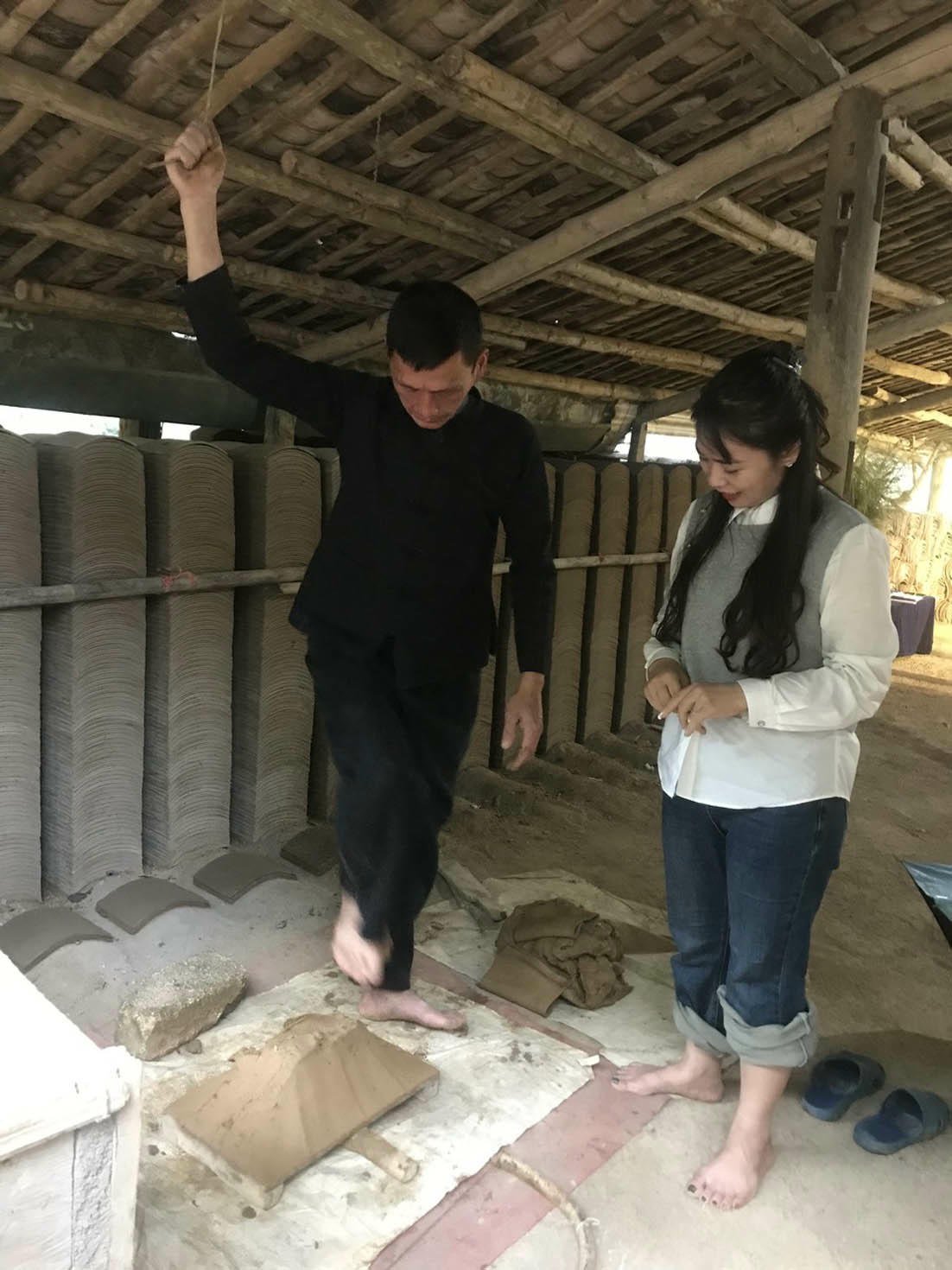
“The soil must be selected from a low-lying area that has been flooded for many years. It must be brought back to be cleaned of gravel and rocks, and carefully incubated to achieve the right plasticity before being put into the mold. After shaping, the tiles are naturally dried and then continuously fired for 23-25 days in a traditional clay kiln,” Mr. Hung shared the process of making tiles, his calloused hands quickly stroking each soft curve of the tile mold.
Ms. Hoang Thi Sang, a tile maker, uses a bow that acts like a knife to cut the clay into thin slices. Her hands meticulously sift gravel and pick out stones so that the clay used to make the tiles is smooth and does not crack when fired.
According to statistics in Bac Son commune, there are currently about 30 households in the commune still maintaining this traditional profession. The average output of each kiln is 10,000 - 20,000 tiles per month, mainly supplying for stilt houses, communal houses, pagodas, and ancient houses in the area. Nowadays, Bac Son yin-yang tiles are not only used for traditional stilt houses but also appear in many tourist projects, homestays, and resorts with indigenous styles.
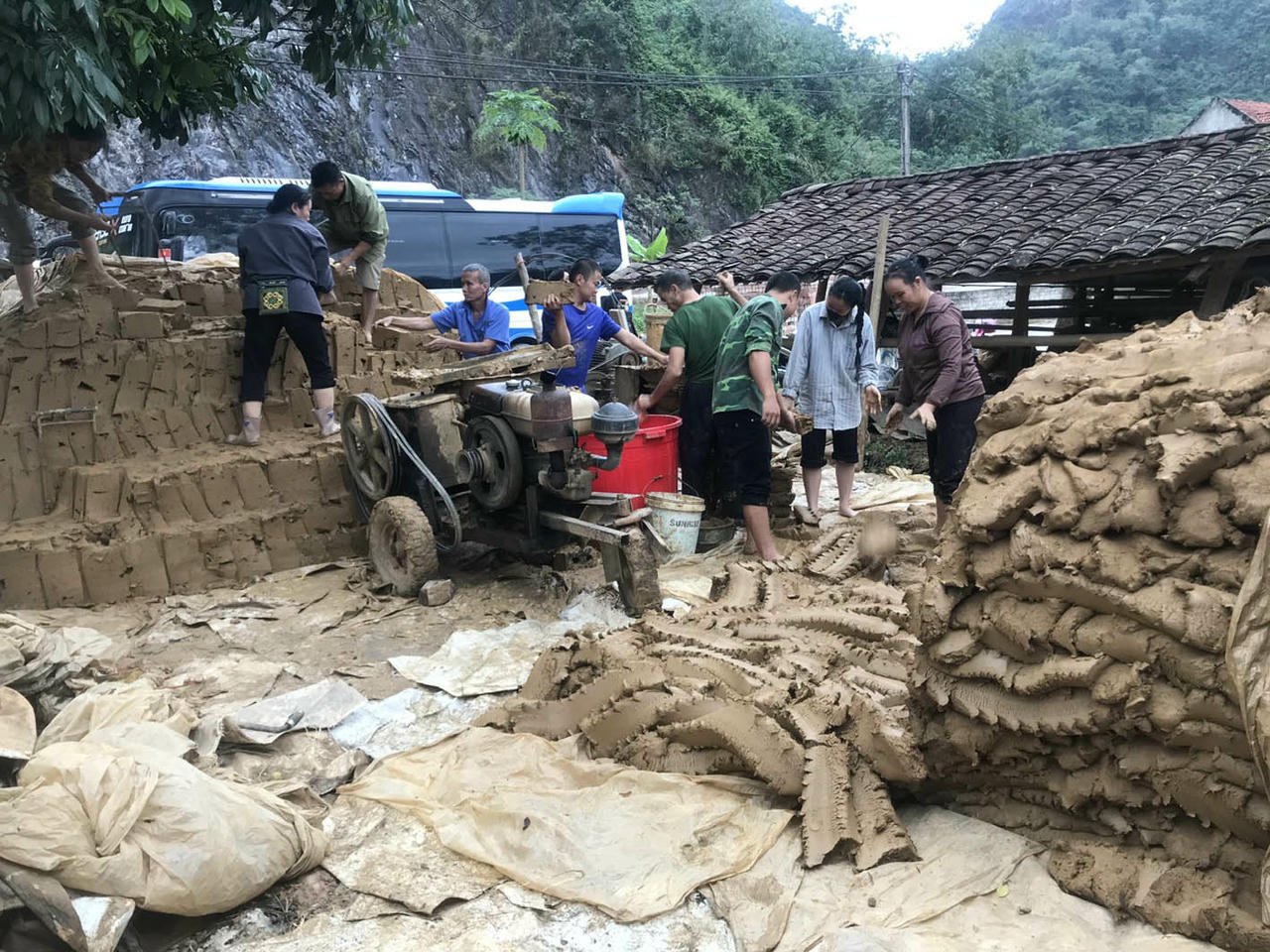
Each of these tiny tiles carries the Tay people’s Yin-Yang philosophy: one facing up, one facing down, symbolizing the harmony of heaven and earth. Thanks to this structure, the roof is always warm in winter, cool in summer, and durable through decades of rain and sun.
Mr. Hung shared: “Yin-yang tiles - so called because when roofing, there are upside-down and upside-down tiles - are the traditional material for roofing stilt houses of the Tay and Nung ethnic groups. Made from fine, flexible clay, good insulation, so houses with this tile roof are warm in winter and cool in summer, very pleasant, with the warm color typical of the Northern mountainous region”.
And embark on a journey
If in the past, tile making was simply a way of making a living, in recent years, Bac Son people have seen a new opportunity: combining the profession with experiential tourism. This idea was formed when Bac Son valley was included in the list of Lang Son Geopark - one of the areas with special landscape, geological and cultural values.
Realizing the potential of the yin-yang tile village, the Department of Culture, Sports and Tourism of Lang Son province has coordinated with the Tourism Promotion Center to connect tourist attractions here. Bac Son Valley - known as the "terraced field paradise" of the Northeast. Not only has the tile making profession, this place also preserves hundreds of ancient stilt houses, the spring "long tong" festival and traditional sli and luong melodies, Bac Son flower valley, Na Lay peak, Bac Son uprising relic. These factors have created favorable conditions for the development of community tourism.
Implementing Plan No. 65/KH-BCĐ, Lang Son Geopark Management Board has coordinated with the People's Committee of the old Long Dong commune (new Bac Son commune) and Mr. Hoang Cong Hung's family to renovate the space for making yin-yang tiles. Accordingly, the renovated space is located in the yin-yang tiled house area of Mr. Hoang Cong Hung's family with an area of about 80m2. The tiled wall is made from 4,000 yin-yang tiles and the area displays utensils and items in the daily life of local people such as plows, harrows, stone mills, etc.
According to Mr. Nguyen Huu Hai, Deputy Director of the Center for Investment, Trade and Tourism Promotion of Lang Son province, the locality is oriented to bring traditional craft villages such as the yin-yang tile village into the Bac Son geological tourism route, part of the UNESCO Global Geopark.
“We want to turn craft villages into unique tourism products, so that visitors can not only see but also experience and understand more deeply about the local culture. Yin-yang tiles are not only a building material, but also a story about the culture, philosophy of life and the hard work of the Tay people,” Mr. Hai emphasized.

The yin-yang tile making village in Lang Son, which has been kept alive for hundreds of years, now has a new look as it becomes an attractive rural tourism experience. Having just welcomed tourists since 2024, in the first year, Mr. Hung's family welcomed about 1,000 visitors, including many international visitors. They were able to learn firsthand and witness the traditional tile making process, try stepping on the soil, using molded sandals, arranging tiles to dry in the sun, or watching the red-hot kiln at night. Visitors can engrave their name on a tile to take home as a souvenir. Amidst the crackling fire and the light smell of wood smoke, each tile coming out of the kiln has a warm red color, as if telling a story about the harmony between humans and nature.
Tourists coming here not only enjoy the scenery, but also experience the daily life of the locals: cooking sticky rice, pounding rice cakes, listening to the sound of the Tinh lute and the singing of sli luong by the fire. Many foreign tourists are excited to "play the role of a tile maker", and then bring home small tiles - a symbol of luck and attachment. Tourist Nguyen Hong Hoa (45 years old, Hanoi) shared: "When I come here, I really like sitting by the kiln, watching the tiles emit red fire and listening to stories about village customs. That is the most interesting experience of the trip".
The number of tourists coming to the yin-yang tiled village is increasing day by day. Some households have even renovated their yin-yang tiled roof houses to make homestays, welcoming guests and introducing Tay cuisine and folk art.
Despite a positive start, the path to tourism development in Bac Son tile village still faces many obstacles. First of all, there is the problem of raw materials. Good clay for making tiles is increasingly scarce. People have to travel dozens of kilometers to get clay, causing production costs to increase. In addition, there is almost no young workforce to take over the profession; young people in the village leave their hometowns to work in the city, leaving behind elderly artisans who quietly guard the kilns.
Tourism infrastructure in Bac Son is also limited. The road to the village is narrow, there is no parking area, and homestays lack amenities. Promotion and branding of local tourism has not been properly invested. In addition, there is still a fine line between cultural preservation and commercialization of tourism - if over-exploited, the risk of losing originality is very high.
Yin-yang tiles are a folk technical heritage that bears a strong Vietnamese identity. Linking this profession with tourism not only creates a livelihood but also helps spread the heritage value to the world. “Making tiles is hard but the profit is not much. If it is not linked with tourism, it will be difficult to preserve this profession,” tile artisan Hoang Cong Hung worries.
Developing tourism in the Bac Son yin-yang tile village is not only a story of an ancient craft, but also a journey to find ways for heritage to live with modernity. When visitors step into the village, smell the clay, hear the sound of firewood burning in the kiln, they not only see a handicraft product - but also see the life, beliefs and spirit of the Tay people.
From the “roof” of the Tay people, Bac Son (Lang Son) is expanding to become the “tourist roof” of the Northeast region - where heritage and livelihood blend together. If continued to receive the right investment, Bac Son yin-yang tile village will become a vivid example of the model of “heritage-based rural tourism” - a direction that Vietnam is striving to promote in its cultural development strategy until 2030.
Source: https://baophapluat.vn/hon-nghe-an-duoi-mai-ngoi-am-duong-xu-lang.html


![[Photo] General Secretary To Lam receives Vice President of Luxshare-ICT Group (China)](https://vphoto.vietnam.vn/thumb/1200x675/vietnam/resource/IMAGE/2025/11/15/1763211137119_a1-bnd-7809-8939-jpg.webp)
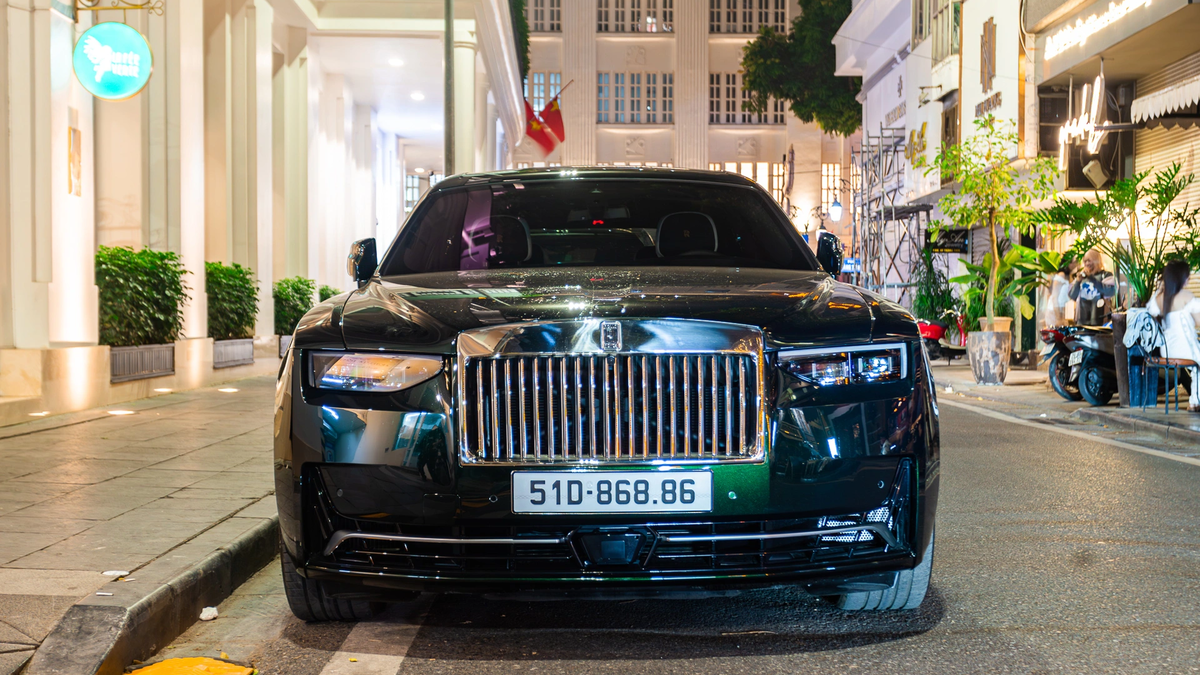
![[Photo] Prime Minister Pham Minh Chinh meets with representatives of outstanding teachers](https://vphoto.vietnam.vn/thumb/1200x675/vietnam/resource/IMAGE/2025/11/15/1763215934276_dsc-0578-jpg.webp)



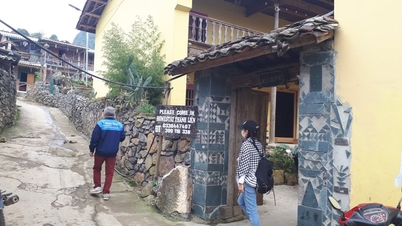

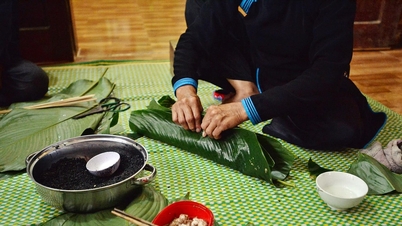


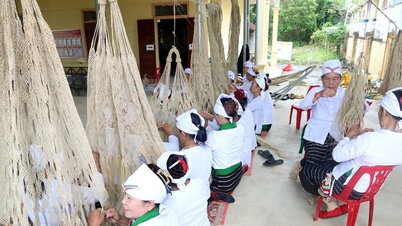



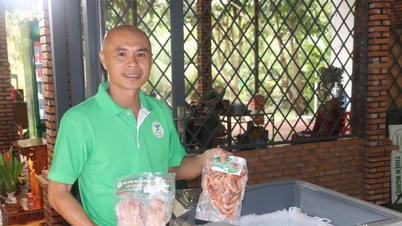


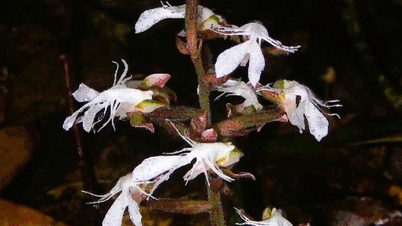
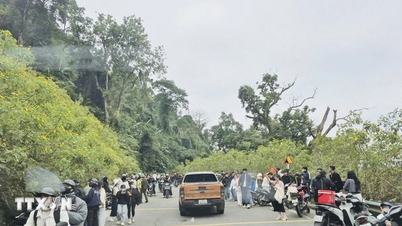



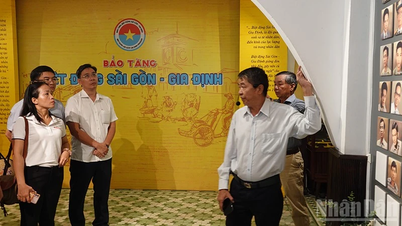










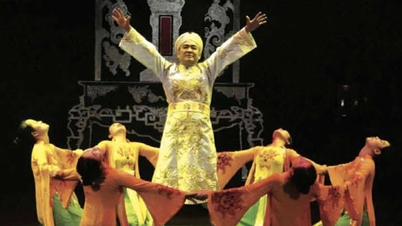

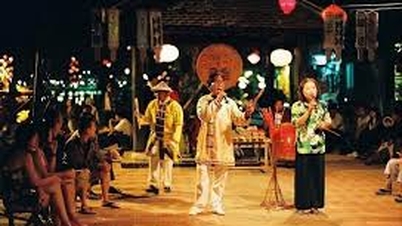









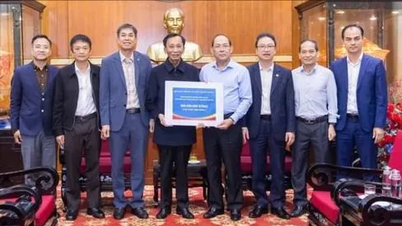

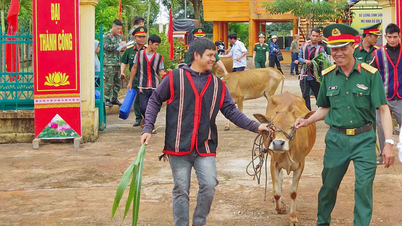































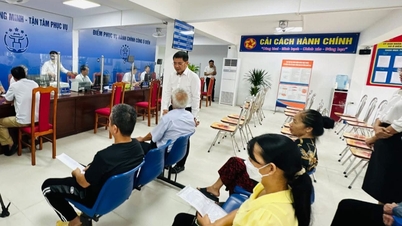







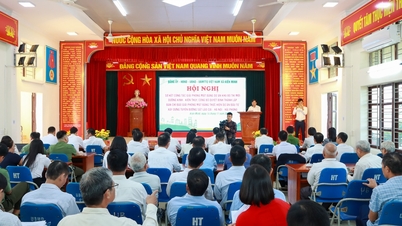

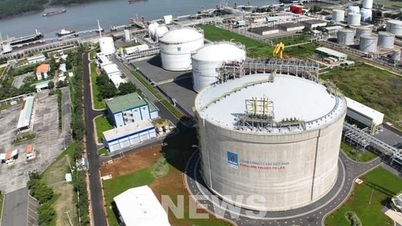
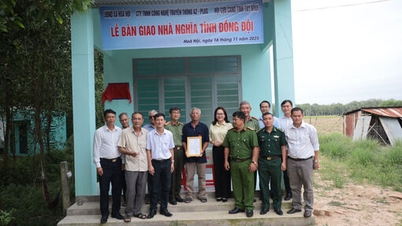

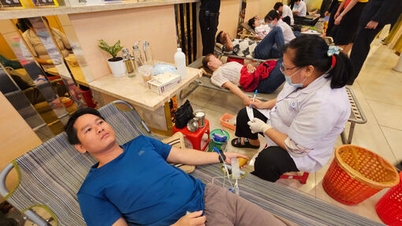
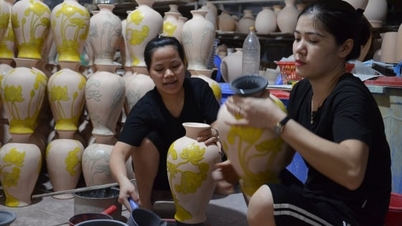











Comment (0)